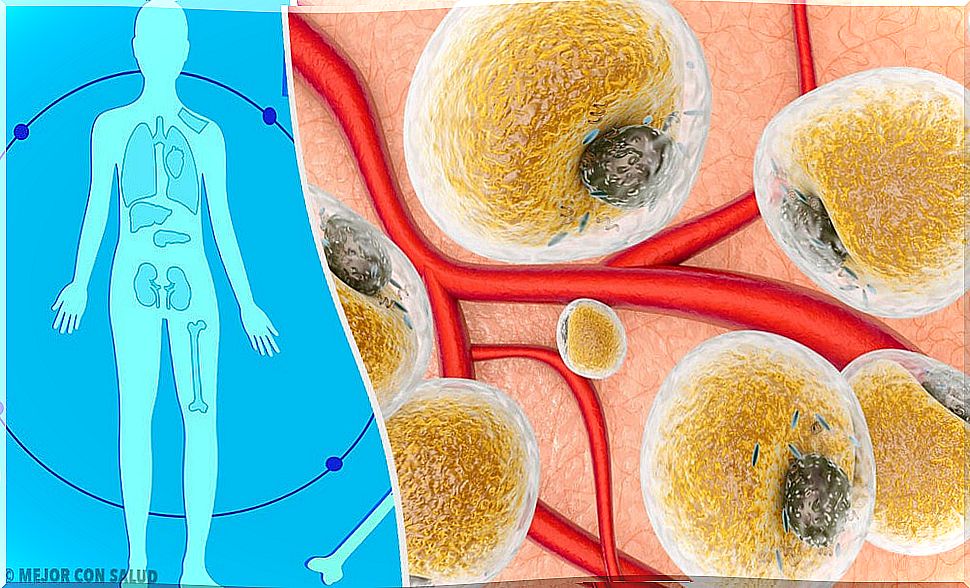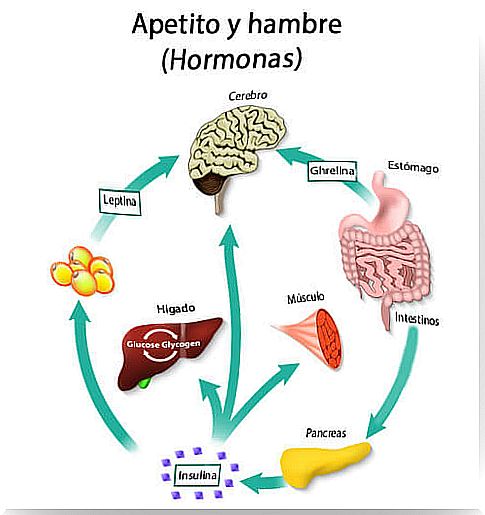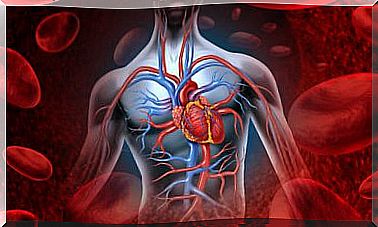Neuropeptide Y: Synthesis, Localization And Functions
Neuropeptide Y is a neurotransmitter made up of the union of different amino acids. Neurotransmitters are chemicals that are involved in the transmission of the nerve impulse.
Thanks to the action of these substances, communication between neurons located throughout the nervous system is allowed. In addition, the passage of information from one cell to another is enabled, either from the external or internal environment.
Synthesis of neuropeptide Y
Neuropeptide Y is synthesized in the hypothalamus, which plays a critical role in regulating mood and emotions. In addition, it participates in other processes such as the regulation of sleep and appetite.
This region controls all neuroendocrine processes; therefore, it also intervenes in the regulation of libido and the control of temperature.
Also, the hypothalamus works with the brain to process responses to various stimuli. Some require the participation of the endocrine system, which is why it serves to translate a nervous command into an increase or a decrease in the synthesis of hormones.
Location of neuropeptide Y

Neuropeptide Y is distributed throughout the autonomic nervous system from the hypothalamus. This system controls all the involuntary actions of the body, such as the heartbeat or the withdrawal reflexes in the face of pain.
Neuropeptide Y functions
This substance is involved in various brain functions, ranging from memory to cognitive development. In addition, neuropeptide Y is associated with certain pathologies of the central nervous system (CNS), among which epilepsy stands out.
However, its most important and recognized function is to regulate the energy intake that the body receives. The energy intake is a broad concept, which includes several processes. The most prominent are the increase in appetite, the decrease in thermoregulatory activity and the increase in the production of lipogenic enzymes.
Lipogenic enzymes are proteins that participate in metabolic processes related to the production of fat. These enzymes are responsible for transforming excess carbohydrates from overfeeding into reserve adipose tissue.
Some organs are affected by these types of reactions, especially the liver, which can suffer from hepatic steatosis, also known as fatty liver. In this way, weight gain occurs that can lead to obesity.
For all this, the neuropeptide Y participates in the liposuction system. It is responsible for controlling the distribution of lipids in the body along with other substances, such as leptin and corticotropin-releasing hormone.
Substances that work together with neuropeptide Y

Leptin is a hormone located in adipose tissue. Its job is to suppress the appetite, so it reduces the feeling of hunger and, consequently, the consumption of food. Likewise, it promotes energy expenditure and metabolism, in order to reduce the fat reserve and the weight of the subjects.
The corticotropin-releasing hormone produces another (called adrenocorticotropic); this, in turn, releases cortisol. These three substances form a hormonal release cascade, so that if one of the Yllas eneuropeptide is altered, the rest will also be affected.
Cortisol is released in stressful situations and in the presence of low blood glucose — known as hypoglycemia. To solve this problem, cortisol breaks down lipid stores and transforms them into carbohydrates, which can be used by cells.
For its part, insulin also participates in a coordinated way with these hormones. This hormone controls the high level of glucose in the blood – hyperglycemia – and reduces it to normal levels. Thus, a circle of endocrine regulation is formed and the cells can use the carbohydrates obtained through food.
Role of neuropeptide Y in appetite

When the body needs to obtain new nutrients, a set of mechanisms are set in motion involving neuropeptide Y. First, the CNS stimulates the nerve centers related to hunger and this sensation begins to be expressed.
After this, neuropeptide Y begins to be synthesized, which contributes to the generation of what is known as “appetite”. This is an alert process that informs us of the need to eat. The food is then ingested and digestion takes place.
Finally, the production of neuropeptide Y is stopped. The result is a characteristic feeling of satiety after meals that, in part, is due to the decrease of this substance. On the other hand, it also has its origin in the production of antagonistic substances, which reduce appetite.
The importance of neuropeptide Y
As you have seen, neuropeptide Y is a set of chemical substances that intervene in the transmission of the nervous impulse, with which it intervenes in various brain functions.









